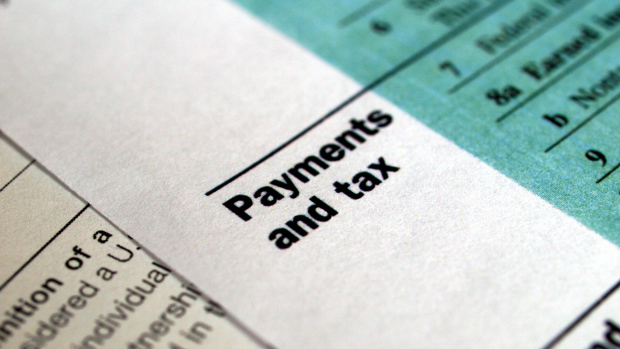When you owe money to the IRS, they have the right to take more of your income during a tax garnishment than other creditors who may implement a wage garnishment. Most creditors have a maximum amount of your income that they can take (usually around 25 percent of your disposable income), while the IRS determines an amount of income that is exempt. This means that they can take almost all of your income, leaving you with not much with which to pay the rest of your expenses.
How the IRS Calculates the Exempt Amount
When the IRS enacts a tax garnishment on your income, they calculate the amount that is exempt by determining the standard amount required for basic living expenses based on your filing status and the total amount of deductions and exemptions you filed on the income tax return for the year or years of your tax liability. Once they have calculated the exempt amount, the rest of your wages, salary, or any other type of income, including any retirement or investment income, can be seized to pay off your debt, although some sources of income are also exempt, such as court-ordered child support.
Tables for Figuring Amount Exempt from Levy on Wages, Salary and Other Income
The IRS form 668, which is numbered as 668-W(ACS), 668-W(c)(DO), and 668-W(ICS), can help you determine how much of your income will be exempt from a tax garnishment. There are four tables: Single, Married Filing Joint Return, Head of Household, and Married Filing Separate Returns. Within each table, there is an amount that differs depending on the number of exemptions claimed and paycheck frequency. To determine the amount exempt, simply look at the table under your filing status. At the top is the number of exemptions and to the left is how often you receive a paycheck. Find the box that matches your situation.
If you are a single person with one exemption and are paid monthly, then $845.83 is exempt from being seized. This means that even if you make $3,000 per paycheck, you will be left with only $845 on which to live until you have paid off all your tax liability, including any penalties and fees. A married couple filing jointly with 4 exemptions paid biweekly will be left with $1,084.62 per paycheck, again no matter how much the paycheck amount normally is. This number is what the IRS has determined is the bare necessity for living expenses. However, most people require more than this to handle all their bills, which is why a tax garnishment can quickly place you in further financial difficulty, faulting on other loans and other bills.
Prevent Financial Ruin with Tax Relief Settlements
You can remove the tax garnishment and prevent financial hardship by applying for tax relief settlements, such as an Offer in Compromise or Installment Agreements. With these programs, you can pay back your federal tax debt on your terms, as long as it is reasonable and approved by the IRS. By working with a tax professional, you can find the best solution for removing the garnishment on your wages and other sources of income while also paying off your debt so that you will finally be free of your tax liability.


